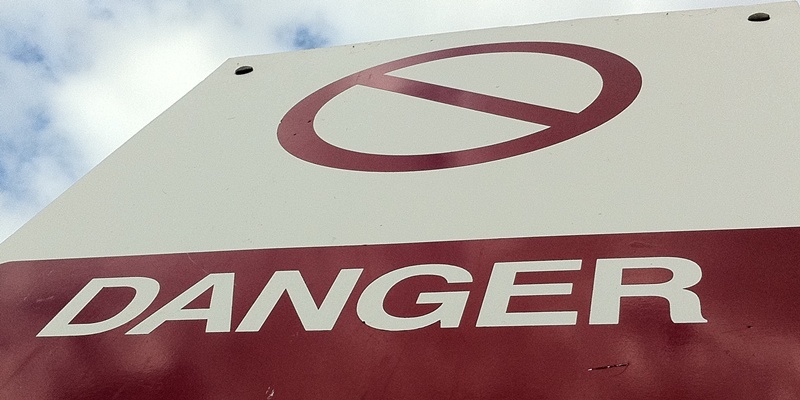Nearly two thirds of Scots killed at work last year worked in agriculture.
The shocking figure comes after analysis of figures published earlier this year by the Health and Safety Executive (HSE).
Out of a total of 15 workplace fatalities occurring between April last year and March this year, nine were in agriculture.
Across Britain, the five-year average rate of fatal injury is 0.7 per 100,000 for all workers. In agriculture, it is an astonishing 9.6 per 100,000 making it much higher than in any other industry.
Six of the fatal incidents involving workers on Scotland’s farms were linked to workplace transport issues, such as being hit by a moving vehicle, being trapped in an overturned vehicle or being injured in a quad bike incident.
Across the UK the most common cause of serious and fatal injuries in agriculture involves moving and overturning vehicles.
Paul Stollard, head of HSE in Scotland, said: ”Agriculture is still one of the most dangerous professions in Britain and the Scottish fatality statistics sadly support this fact.
”What is most frustrating is that the causes of incidents remain stubbornly the same such as falls from height and overturned vehicles.
”These incidents can be avoided, often through simple, low-cost steps. That’s why we are continuing our programme of safety and health awareness days and why we are committing to working closely with the industry and regulatory partners.
”Everyone has a role to play in reducing death and injury.”
Rural affairs secretary Richard Lochhead said: ”Agriculture is a vital industry to Scotland and one we can rightly be proud of. However, it can also be hazardous too many farmers pay the ultimate price to produce the nation’s food.
”I urge Scotland’s farmers and crofters to take heed of these tragedies in their day-to-day working.
”Scottish Government inspectors will continue to support the HSE in getting the safety message out across the country, to improve the health and safety record of our industry.”
NFU Scotland president Nigel Miller added: ”If we are to turn around our industry’s tragic record for deaths and injuries then farmers and their staff need to change their mindset when it comes to safety on farms.
”The dangers and risks associated with farming are a permanent part of everyday life on a farm and will not change. However, what must change is the way those working in the industry regard the health and safety of themselves, their family and their workers.
”We are committed to working with Government and agencies to help all those who live and work on Scottish farms to reach the stage where safe practice is second nature.”
